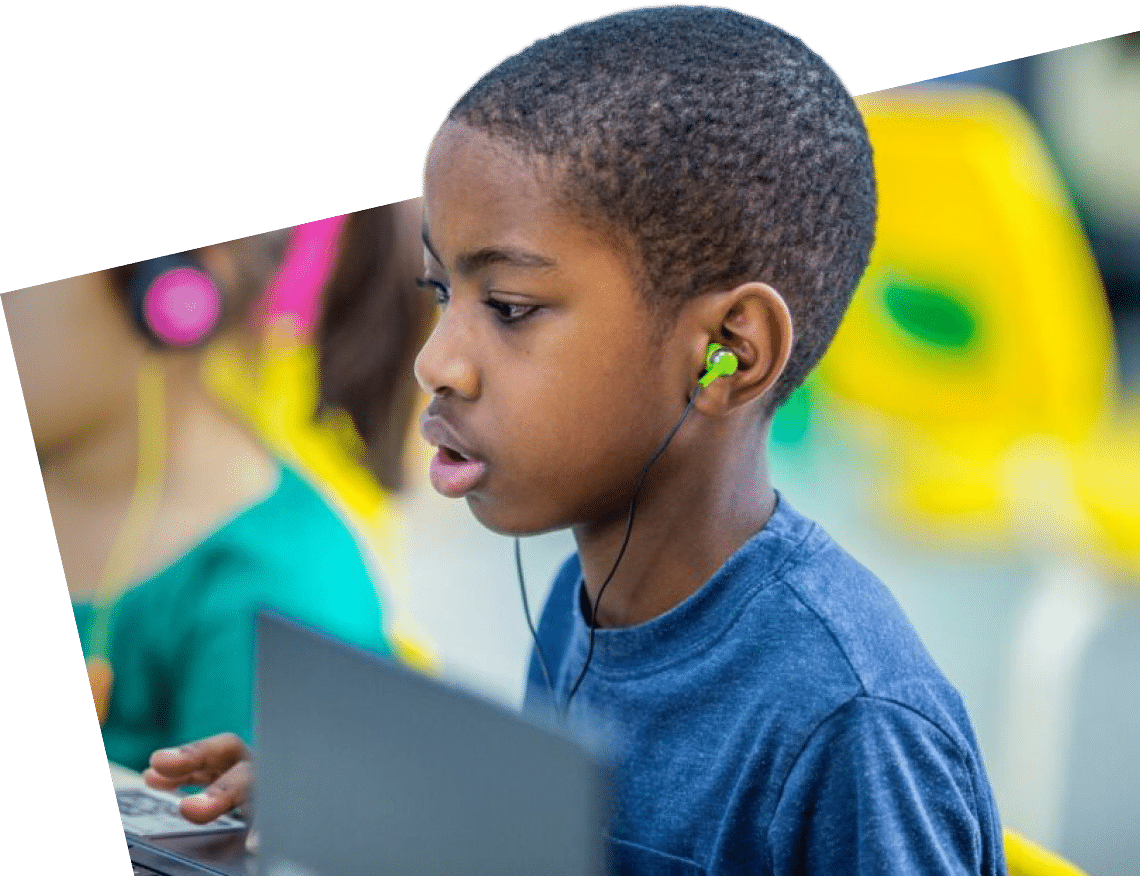14 May 2025
It’s easy to spot a neurodiverse student… Isn’t it?
Written by Adele Lemin,
Tute teacher
I’ve been a teacher for over 36 years, working across early years to secondary, both in the classroom and now online with Tute. I’m also a mum to two teenage boys; both bright, funny, capable, and both neurodiverse. And yet, I didn’t see it. Not for years.
That guilt is hard to shake. How could I not have noticed the signs? How could someone with decades of experience in education, someone who has worked with countless children with additional needs, miss it in her own family?
Looking back, I realise that when I first started teaching in the late ’80s, the term, “neurodiverse,” didn’t exist. Autism was rarely discussed, and only in very particular terms; a child who couldn’t communicate, who maybe had a remarkable skill like drawing from memory. Children like mine, academically able and well-behaved, didn’t fit that mould. Neither did they draw the attention of teachers or trigger concern.

Alex
Alex, my eldest, was clever, popular, and full of energy. He was always first to raise his hand, keen to be top of the class, captain of the football team, school council rep. Teachers praised him for being enthusiastic, chatty, brilliant at maths and science. His ability to memorise and mimic his piano teacher amazed us. He passed his Grade 1 piano exam with distinction at age 10, then abruptly gave it up – a decision that baffled even his teacher, who offered him free lessons to continue.
He was deeply curious, always asking questions, always pulling things apart to see how they worked. He had an encyclopaedic knowledge of topics he was interested in, and a drive to succeed at everything he attempted. But he was also a risk-taker. Climbing the highest trees, racing down hills on his bike, touching hot pans just to see if we were right about the danger. He struggled with sleep, often staying awake for hours no matter what strategies we tried.
It wasn’t until Year 6, when boredom from endless SATs prep led to disruptive behaviour, that cracks began to show. At secondary school, anxiety, exhaustion, and his eventual diagnosis of Ehlers-Danlos Syndrome led to a downward spiral. By sixth form, he was barely attending school, overwhelmed, burnt out, and eventually isolated. Despite years of trying to access help: through school, the GP, and CAMHS, we were told again and again he didn’t meet the criteria. Eventually, after going private, Alex was diagnosed with ADHD and some Autistic traits. By then however, he was 18, and the support system was gone. He now spends most of his time in his room, gaming, still recovering from years of unmet needs. We continue to hope that, in his own time, he will rediscover his confidence and find a path that excites him.
Matthew
Matthew, our younger son, presented very differently. Quiet, obedient, anxious about change, and deeply thoughtful. Where Alex demanded attention, Matthew avoided it. He followed rules to the letter, wore the same clothes until they fell apart, and stuck rigidly to routines. Meltdowns could be triggered by something as simple as a different lunchbox or a change in the school uniform policy.
He was a dream student: shy, polite, clever. No issues flagged. He preferred to sit quietly, observing before participating. Teachers often said he was a pleasure to have in class, that he was well-mannered, smart, but perhaps too quiet. He had a strong sense of justice and was deeply uncomfortable when others broke rules. At the waterpark, while Alex rushed to the top of the tallest slide, Matthew would stand and read the safety instructions thoroughly before taking his turn.
Matthew didn’t follow the crowd. He had a few close friends and was content to be on his own. His interests were intense and specific, and he asked profound, sometimes philosophical questions at a young age. He wore the same hoodie and carried the same bag every day without fail.
Eventually, he too was diagnosed with ADHD and Autism. Thanks to that, and a wonderful support worker at college, he’s doing well, attending regularly, holding a part-time job as a lifeguard (where rule-following is a strength), and slowly building confidence. The routine suits him and having someone he can check in with each week has made a world of difference.ionally, and socially.
What I’ve Learned
Hindsight brings clarity I wish I’d had years ago. The hyperfocus, the rigid routines, the explosive interests, the literal thinking, the social challenges – all the signs were there. We just didn’t know what we were seeing.
Diagnosis has brought understanding. It’s helped us adapt. I no longer fight the routines or the quirks. I buy multiple versions of the same T-shirt. I accept that a phone at the dinner table might be a lifeline, not a rudeness. And yes, I’ve become that parent I once judged – the one who, “lets them get away with it.”
I now advocate for early diagnosis. If you suspect something, don’t wait. Understanding your child is the first step to supporting them. Our boys aren’t difficult. They’re different. Their brains work in incredible, brilliant, and sometimes exhausting ways.
I still carry guilt, especially for Alex, whose journey has been harder than it ever should have been. But I also carry hope – that both my boys will find their place in the world, with people who accept and value them for exactly who they are.
And that one day, society will see neurodiversity not as a challenge to be managed, but as a strength to be celebrated.
